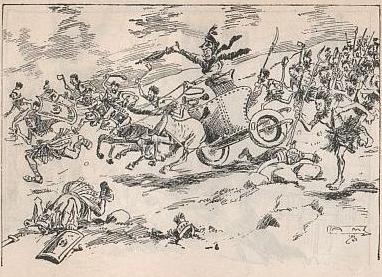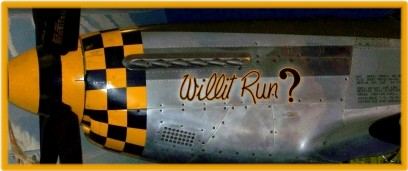The second batch is terrific, Foz- what type of bike is that your dad is tooling around on?
And I agree that there's no substitue for a real print- it's just more tangible; has a special thing about it, esp. if it's really old.
Funny thing about digital backups: I read once that the Smithsonian Museum once did an exhaustive study on the best possible material overall for very-long-term storage of information. Their choice? Paper. Not plastic, not metal- paper. Exactly why, I'm not sure; that's just what I heard. Not necessarily for graphics, etc, and certainly not ordinary paper... they're probably working on some sort of digital format that is based on paper. Paper discs worked pretty well back in the day- Bayer had a series of field recordings out on laminated-paper phonograph discs back in the 20s or 30s. I've heard some of them played on the radio, and they sound pretty good, even today.
The trick I guess would be reading such a disc or whatever with a laser that won't degrade the paper...
But a quality photo print or negative, sealed to keep out oxygen and kept in a dark, stable environment when not being viewed, will last a long, long time. Now that I've finished scanning all my old prints , I should really get them (and the negatives) out of the shoebox and into something more suitable...

.
then there's the rapidly-growing cache of digital pictures from the new camera... ohboy. :P




 .
.


 ...?
...?





 ...!
...!
 ...!
...!